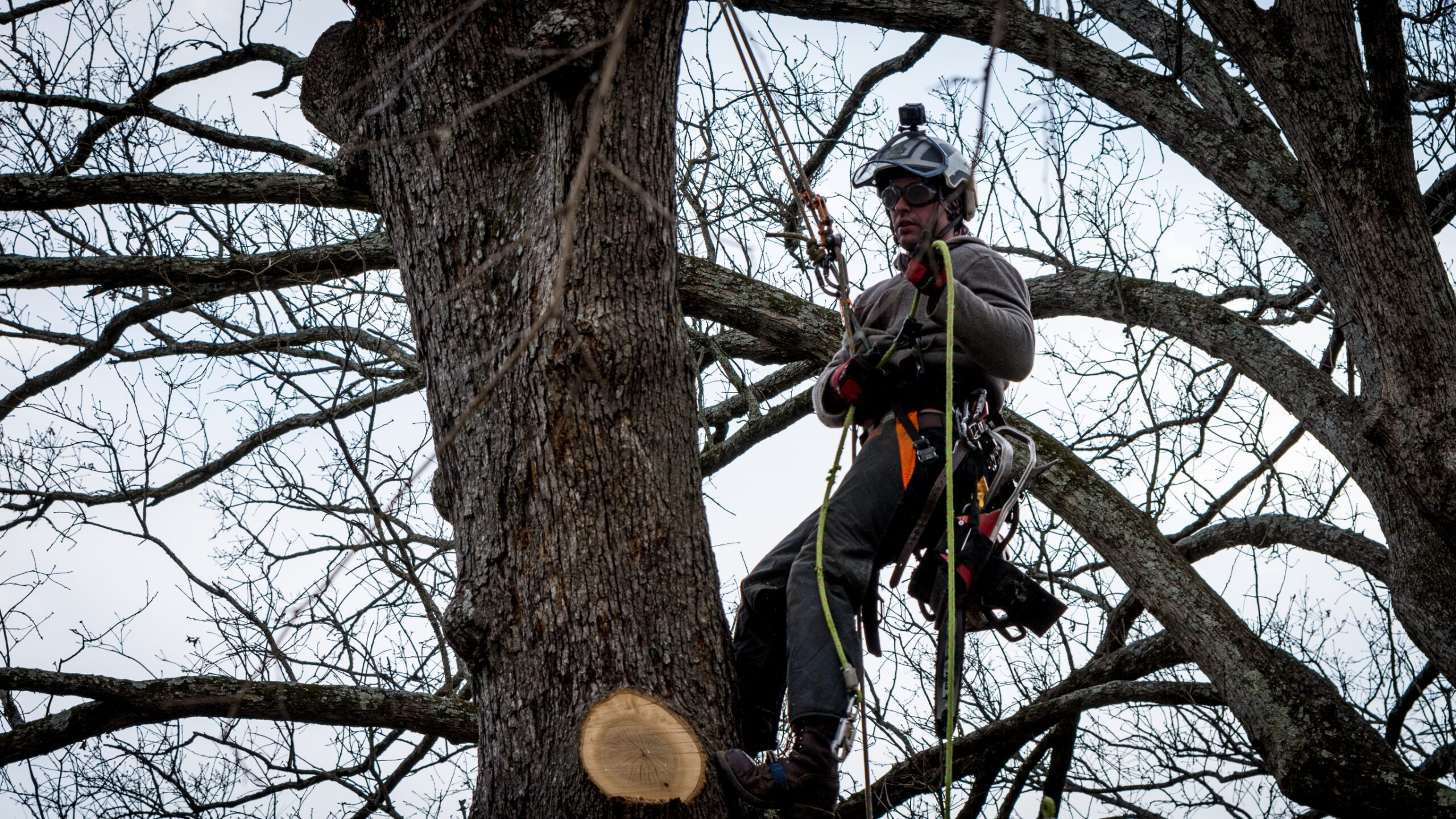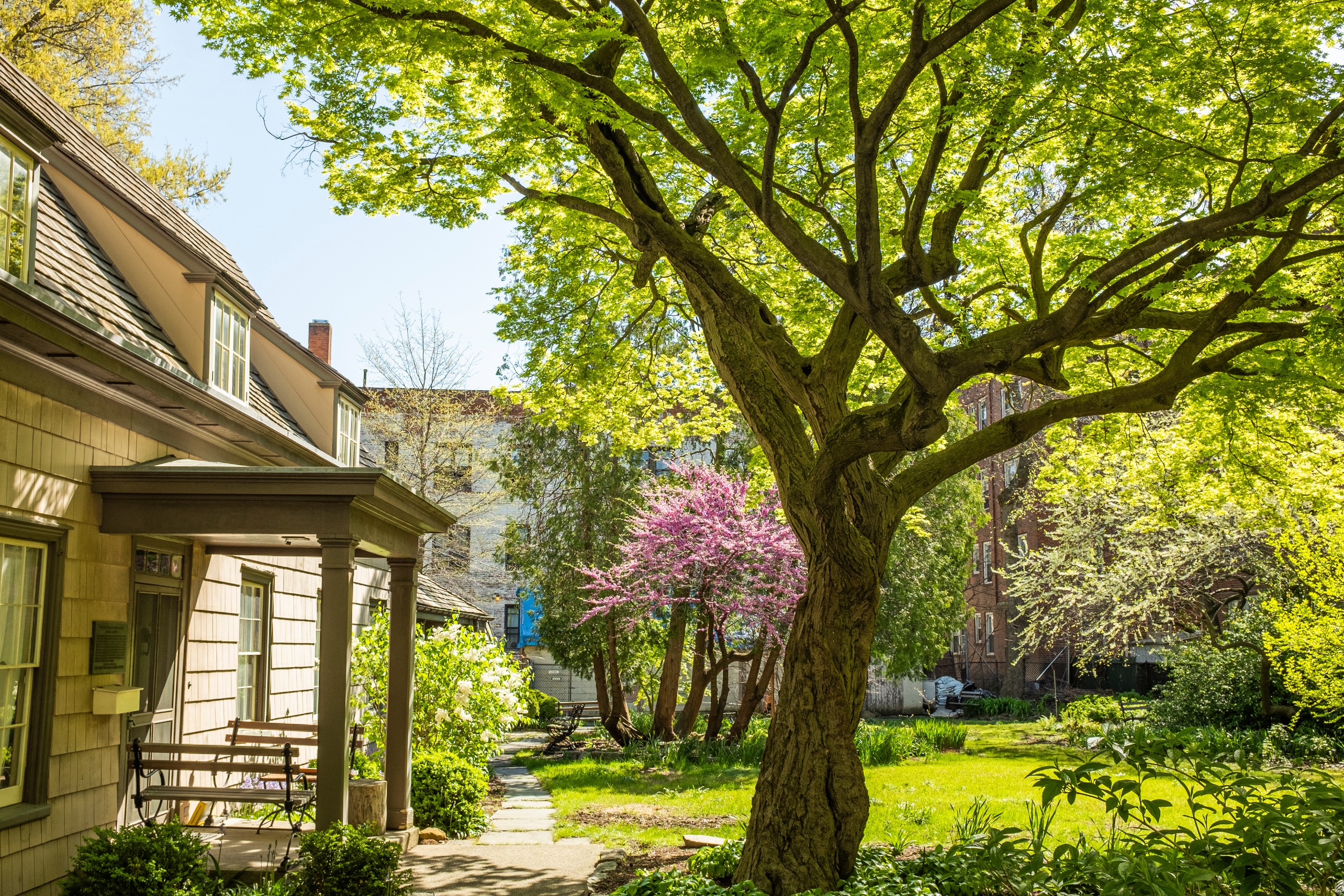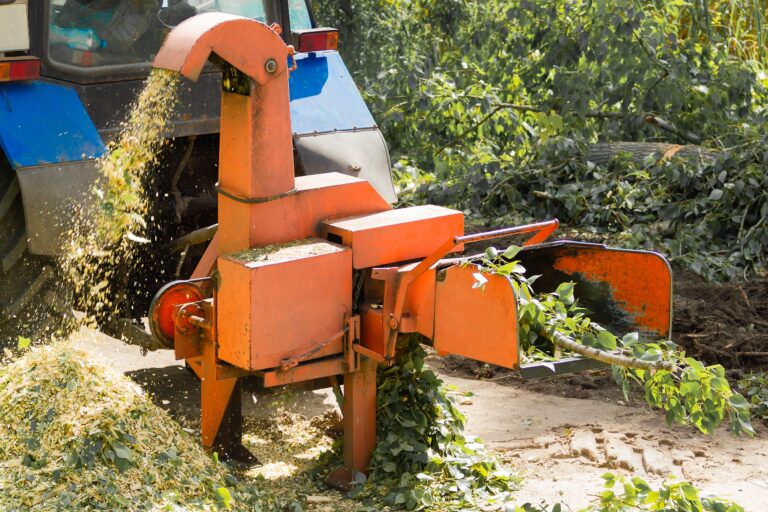When it comes to tree removal, timing can make a significant difference. Whether you’re dealing with a hazardous tree, understanding the best time of year to remove a tree can help you save time and reduce costs. Let’s explore the optimal seasons for tree removal, what factors play into this timing, and why planning carefully can make a big difference.
Why Timing Matters for Tree Removal
Trees are a vital part of the ecosystem and your landscape, but sometimes removal is necessary due to disease, damage, or safety concerns. However, the time of year can impact both the removal process and the cost. Some seasons provide advantages that make removal easier, safer, and more efficient.
The Best Season: Winter
The ideal time to remove a tree is often during the winter months, particularly from late fall to early spring when trees enter a dormant phase. Here’s why winter is often recommended for tree removal:
- Less Foliage, Easier Removal: With leaves fallen, the tree’s structure is more visible, allowing the crew to work efficiently. Reduced foliage also lightens the overall weight, making branches easier to manage. Winter is also a great time to trim trees.
- Frozen Ground Stability: In colder climates, the ground may freeze, providing a stable base for heavy equipment and reducing potential damage to your lawn and landscape.
- Reduced Risk of Disease Spread: Many tree diseases and pests are less active or dormant in winter, lowering the risk of spreading pathogens to other nearby plants or trees.

Wahle (2023) the main reason I like to wait for winter, if possible, is most of the landscape around the base of the trees is dormant and is less likely to be damaged by falling limbs or foot traffic. The other reason is there are no leaves on the tree, making cuts more visible, plus the limbs are a whole lot easier to handle.
Go to our Highland Village Tree Removal Service Page for details on how we can help.
Alternative Option: Late Fall
Late fall is another good time for tree removal. Similar to winter, late fall offers the benefit of minimal foliage and reduced risk of disease transmission. Many tree companies also have more availability in the fall, potentially making it a quicker scheduling option.

Times to Avoid: Spring and Summer
While you can technically remove a tree any time of the year, spring and summer are generally the least ideal times for removal. Here’s why these seasons present more challenges:
- Active Growth: During the growing season, trees are actively producing leaves and new growth, which adds more weight and volume, making the removal process more complex.
- Increased Pest Activity: Warmer months bring an increase in tree pests and disease activity, which can increase the risk of spreading tree-related illnesses to surrounding plants.
- Soft Ground Conditions: Rainy spring weather can soften the ground, making it harder for heavy equipment to access the tree without damaging your landscape.

Special Considerations
There are a few cases when immediate tree removal is necessary, regardless of the season:
- Safety Hazards: If a tree is severely damaged, leaning, or posing an immediate safety risk, it should be removed as soon as possible to prevent accidents or property damage.
- Storm Damage: If a tree has been damage during a storm, waiting could make it more hazardous. Contact a tree service promptly for an assessment.
Remember, tree removal during winter leaves fewer leaves to collect afterward, which makes the job easier. You will also spend less time clearing the areas with dead leaves. It makes your springtime cleaning effortless, as you won’t have to spend time removing excess leaves from the dead trees (Seacoast Tree Care, n.d.).
Final Thoughts
In most cases, winter or late fall is the best time of year to schedule tree removal, offering safety, cost, and convenience advantages. However, if you’re dealing with an emergency or potential hazard, it’s essential to act quickly, regardless of the season. For expert advice on when to remove your tree, consider reaching out to professionals who can evaluate the best timing based on your specific situation and region.
References:
Seacoast Tree Care. (n.d.). 7 reasons you should remove trees in winter. Seacoast Tree Care. https://seacoasttreecare.com/blog/reasons-you-should-remove-trees-in-winter#:~:text=Tree%20removal%20during%20winter%20leaves,leaves%20from%20the%20dead%20trees.
Wahle, E. (2023, February 1). Tree removal is easier when trees are dormant. Illinois Extension. https://extension.illinois.edu/blogs/welcome-my-jungle/2023-02-01-tree-removal-easier-when-trees-are-dormant#:~:text=The%20main%20reason%20I%20like,whole%20lot%20easier%20to%20handle.


